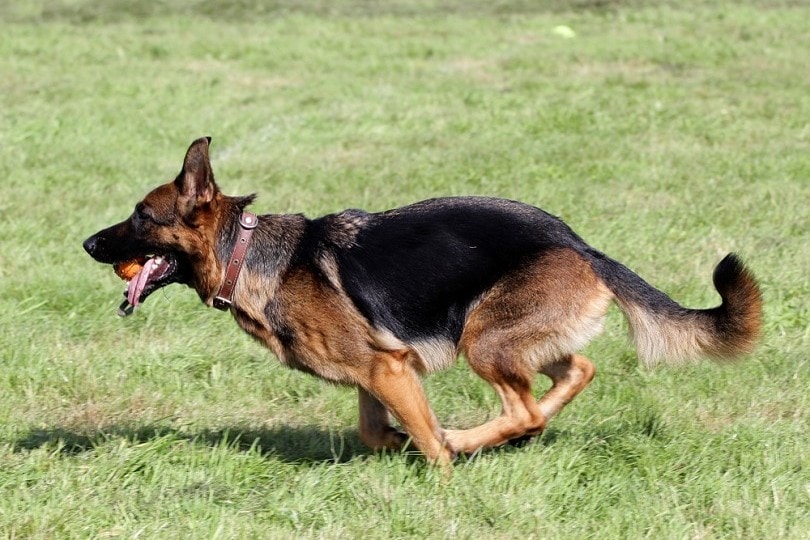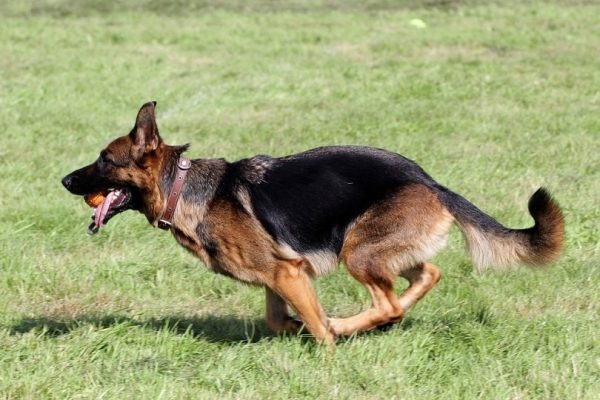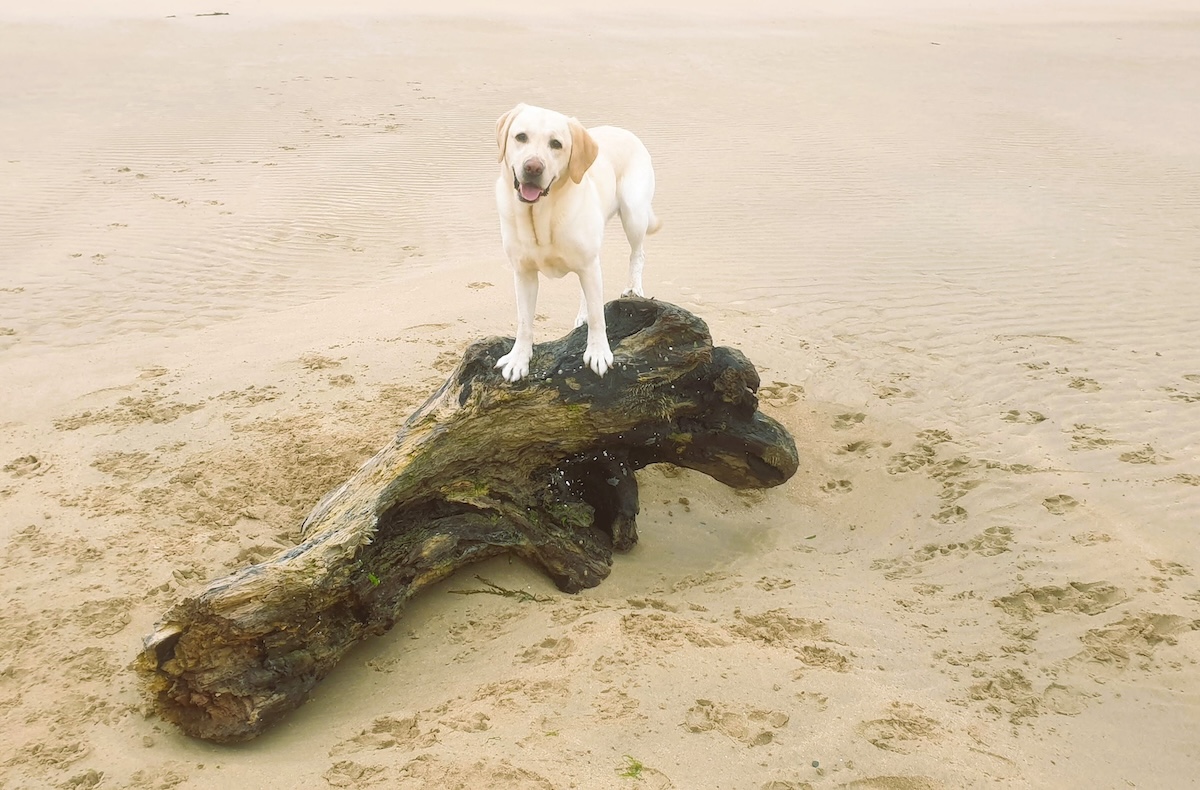Obsessive-compulsive disorder (OCD) is a mental health condition characterized by someone uncontrollably thinking about or doing something repeatedly, usually to an extreme level. A similar condition can occur in dogs of any breed. Dogs with a compulsive disorder may bark, chase their tail, lick themselves, or perform other repetitive behaviors. The action becomes compulsive when dogs act this way repetitively and cannot be distracted.
On the surface, this disorder is confusing. How could you know it’s OCD if dogs already do these behaviors to some degree normally? That’s why we’re dissecting this difficult canine disorder so you can be on the lookout for signs in your dog.
What Causes OCD in Dogs?
OCD in dogs, or canine-compulsive disorder (CCD), is thought to be a multifactorial condition. It may have roots in anxiety and/ or a genetic predisposition. Dogs can have anxiety for several reasons, but not all anxious dogs develop CCD.
Although any dog breed can have CCD, certain breeds can be predisposed to the disorder more. Scientists have discovered brain abnormalities in a small study of dogs with CCD and a genetic link in Doberman Pinschers on chromosome 7 that suggest higher risks of CCD.
The 5 Dogs Prone to OCD
1. German Shepherds

German Shepherds are one of the breeds most commonly associated with OCD in dogs. This breed tends to focus on spinning behavior. They may also engage with excessive licking and can develop something called acral lick dermatitis. This is when a skin lesion appears when dogs repeatedly lick at a certain area on their bodies, causing damage. It can take prolonged courses of treatment to improve. Not all lick dermatitis is due to CCD, it can be due to infections or itchy skin.
2. Bull Terriers
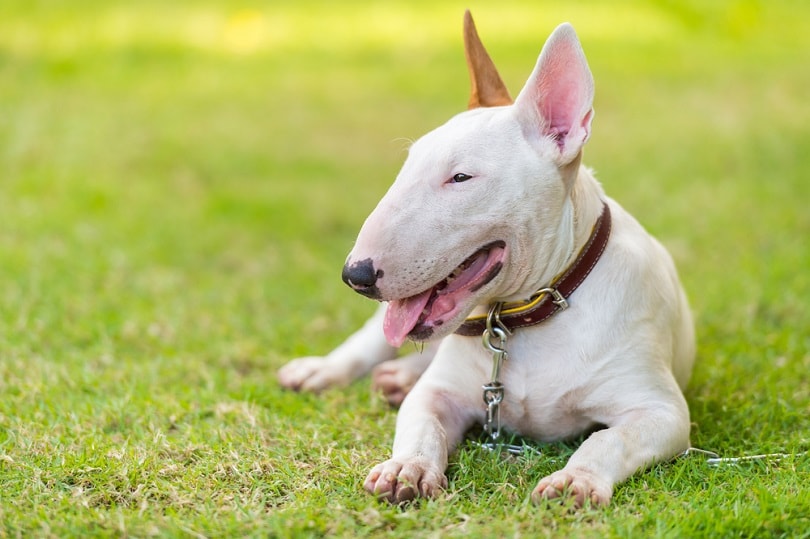
Like German Shepherds, Bull Terriers are known to be predisposed to OCD in dogs. They share the same quirks and can be found to spin and lick.
3. Doberman Pinschers
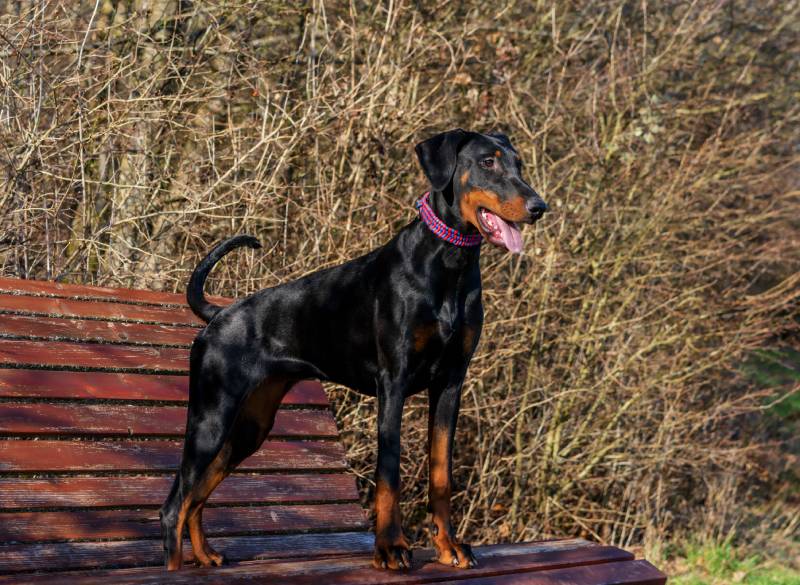
Doberman Pinschers also show excessive licking, but unlike Shepherds and Bull Terriers, Dobermans will do something called flank sucking. This is when a dog reaches around their side (also called the flank skin) and sucks on the skin.
4. Border Collies

If you know anything about Border Collies, you know how much energy they have. These dogs need a task to focus on, as they were bred to be herding dogs and moving for long periods throughout the day.
5. Jack Russell Terriers
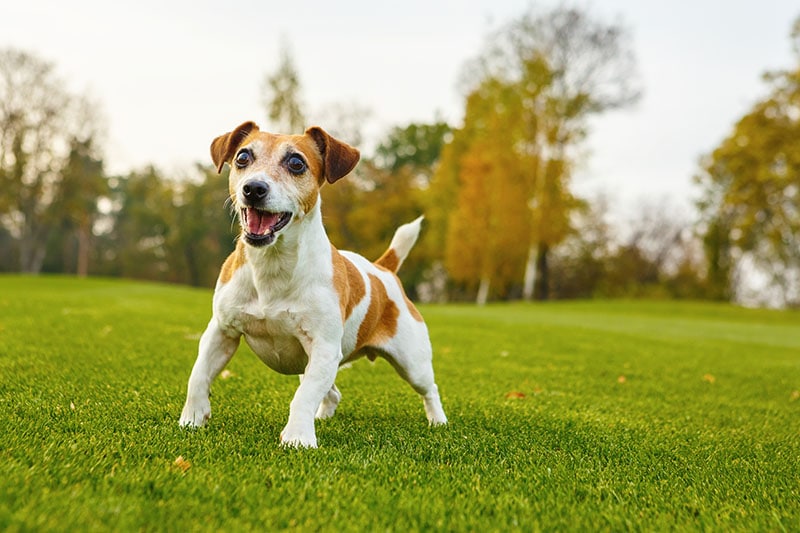
Like the Bull Terrier breed, Jack Russell Terrier is another Terrier predisposed to CCD. Known for their high energy levels, it’s more common for this dog to develop the disorder.
Examples of Compulsive Behavior in Dogs
The most common signs of CCD stem from normal dog behavior, like tail chasing, licking, spinning, and running around in circles. Dogs with CCD do these things abnormally, often out of context and to the exclusion of behavior that would be normal in the current context.
For a behavior to be considered compulsive, it usually has to check these three boxes:
- The behavior cannot be interrupted
- The behavior interferes with normal life
- The behavior is difficult for the dog to stop
This criterion helps vets and behaviorists determine if the behavior is truly compulsive, an underlying medical issue, or typical dog behavior.
Let’s look at what CCD can look like in dogs.
This video is a great example of a dog with CCD, particularly with shiny lights and reflections. You can see how hard it is for the owners to grab their dog’s attention from the light.
How Do I Know if My Dog Has Compulsive Behavior?
This is not an easy question to answer and will take information provided by you, examination by a veterinarian and likely some medical tests before a diagnosis is reached.
A good way to tell if your dog’s behavior is compulsive is to consider the previous information. Does your dog’s behavior interfere with normal life in any way? Is it difficult for your dog to stop? Is the behavior recurring and out of context? Do they continue even if offered a treat or reward.
Schedule an appointment with your vet. Record the behavior and bring the video to the appointment. It’s important for your vet to rule out any underlying medical concerns before referring you to a qualified and registered behaviorist to help with the problem.
There are no large scale studies into CCD in dogs and it is possible that some underlying physical causes are being missed. A thorough medical investigation should precede assumption of a diagnosis of CCD.
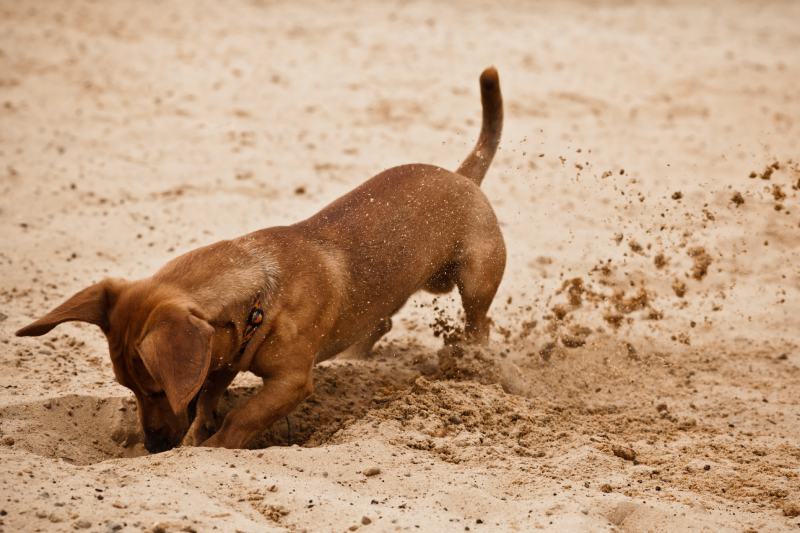
How Is OCD in Dogs Treated?
You, the veterinarian, and the dog behaviorist will become the dream team. Medically, your dog may receive some medicine to help your dog feel calmer. This will make your dog feel happy and more able to learn new skills. Behaviorally, you’ll teach your dog new commands, tricks, and games, and even alter the environment to prevent triggers. More exercise could be part of the game plan. Ultimately, the goal is to find a balance in your dog’s life. Mental and physical exercise, training alternative calming behaviors, and sometimes medications. There is no quick fix for these complex behaviors. It is usual for the aim of treatment to be to reduce the frequency and intensity of the behavior, rather than to achieve a cure. Realistic expectations are important.
Conclusion
Canine-compulsive disorder is just as challenging for dogs as it is for humans. Now that you can know more about the disorder, you know how to help your dog.
Remember, just because your dog has some quirks doesn’t mean it has CCD. Diagnosis of this complex condition will require careful consideration by you and your vet.
Featured Image Credit: Zelenskaya, Shutterstock

